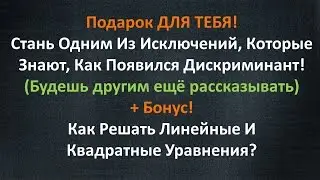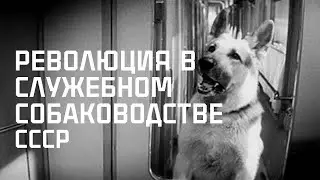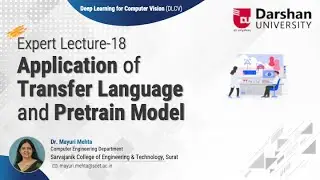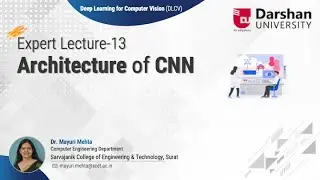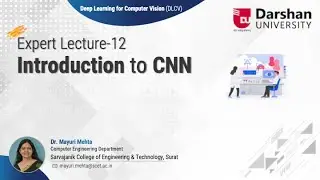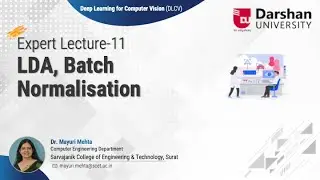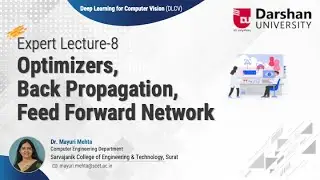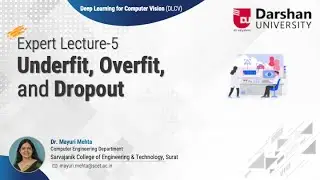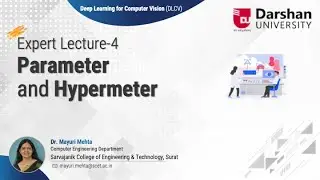3.03 - Disabling Interrupt
This video explains How mutual exclusion can be achieved using disable interrupt? What is the drawback (problem) of disabling interrupt.
Learn Disabling Interrupt Mechanism for Mutual Exclusion with animation and examples.
The most common way of achieving mutual exclusion is to allow a process to disable interrupts before it enters its critical section and then enable interrupts after it leaves its critical section.
By disabling interrupts the CPU will be unable to switch processes. This guarantees that the process can use the shared variable without another process accessing it.
But, disabling interrupts, is a major undertaking. At best, the computer will not be able to service interrupts for, maybe, a long time (who knows what a process is doing in its critical section?). At worst, the process may never enable interrupts, thus (effectively) crashing the computer.
Operating System PPTs with animation is available here: http://www.darshan.ac.in/DIET/CE/GTU-...
This video is recorded by Prof. Firoz Sherasiya ([email protected], +91-9879879861) at Computer Engineering Department of Darshan Institute of Engineering & Technology, Rajkot as per GTU Syllabus.
GTU - Computer Engineering (CE) - Semester 4 - 2140702 – Operating System- Interprocess Communication- Disabling Interrupt
Darshan Institute of Engineering & Technology, Rajkot is a leading institute offering undergraduate, graduate and postgraduate programs in engineering. The Institute is affiliated to the Gujarat Technological University (GTU) and approved by the AICTE, New Delhi.
Visit us: http://www.darshan.ac.in
Write us: [email protected]
Facebook: / darshaninstitute.official
Twitter: / darshan_inst
Instagram: / darshan_inst





